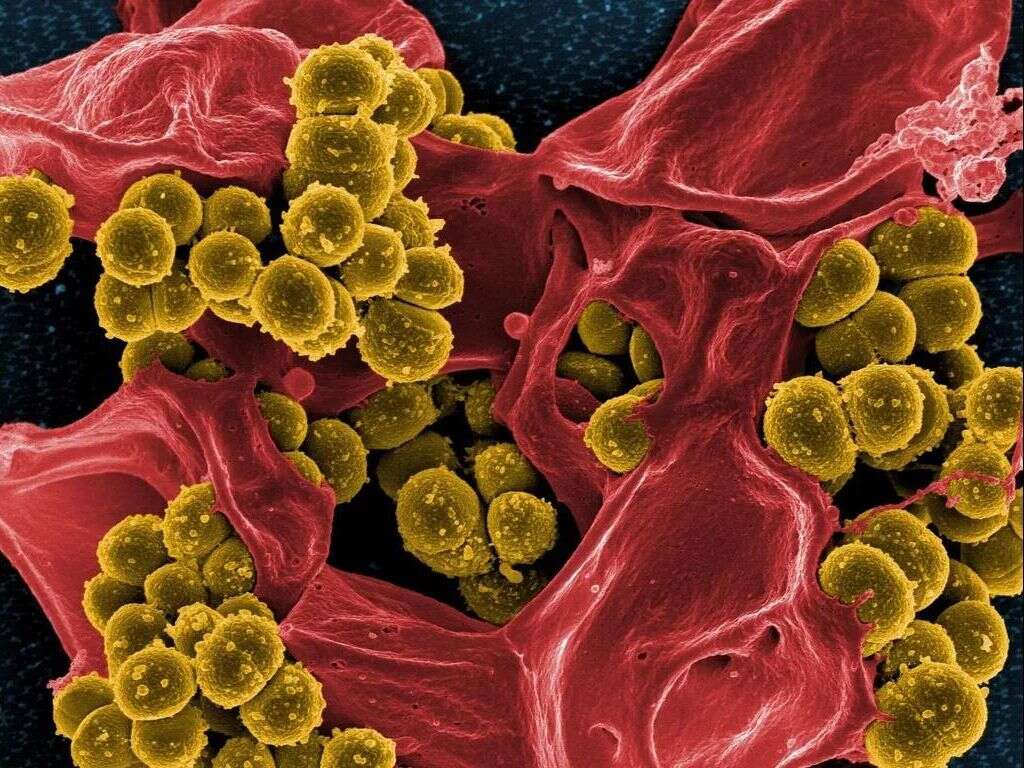Staph Infections Causes, Symptoms & Treatments
A staphylococcal infection is caused by staphylococcus bacteria, a gram-positive type of bacteria that can cause a variety of issues due to the overgrowth and production of toxins. Staphylococcus is commonly known as staph. A staph infection ranges from a mild condition that can resolve on its own to a severe condition that can be life-threatening.
There are more than thirty types of staphylococci that can affect humans, but most infections are caused by staphylococcus aureus, a strain that can be found in the nose, skin, and other parts of the body. It is seen in 25 percent to 30 percent of healthy adults and 25 percent of health-care personnel. While it is harmless when on the skin or in the nose, a break in the skin allows the bacteria to enter the deeper layers of the skin or the bloodstream, causing infection.
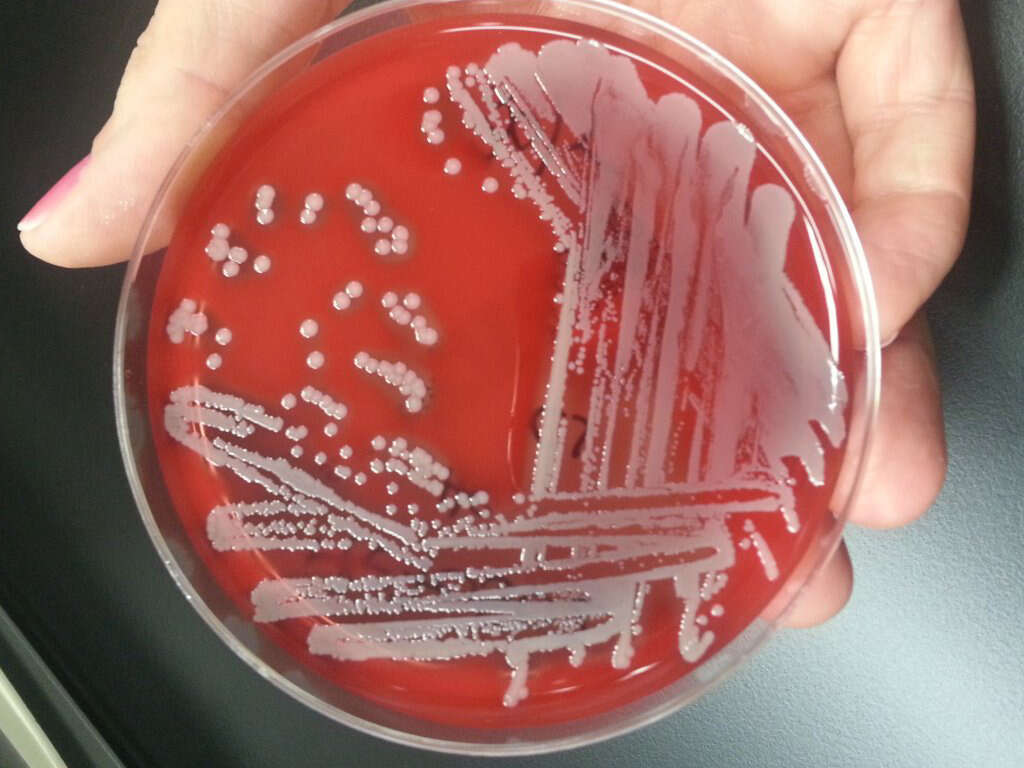
Cause #1: Contact
Since 25 percent to 30 percent of individuals carry the staphylococcus bacteria on the skin and in the nose, one of the easiest ways to get a staph infection is to come in contact with someone who carries it. Staph bacteria are extremely hardy and can survive harsh environments, such as hot and cold temperatures and saline surroundings.
It can also survive on surfaces, such as tables, countertops, clothing, and more. Symptoms can take awhile to manifest, and most cases are mild. In severe cases, you should seek medical attention.

Cause #2: Wounds
If you have a break in the skin, such as a cut or scratch, the bacteria could invade the deeper layers of the skin and possibly the bloodstream. This allows the bacteria to multiply and spread underneath the upper layers of the skin, causing damage. If the wound becomes infected, it becomes the perfect breeding ground for bacteria growth.
This is why wounds should be cleaned as soon as possible to reduce the risk of infection. While the infection is usually minor and localized to the skin, severe cases of staph infection can affect the bones, joints, blood, lungs, heart, and brain, leading to death.
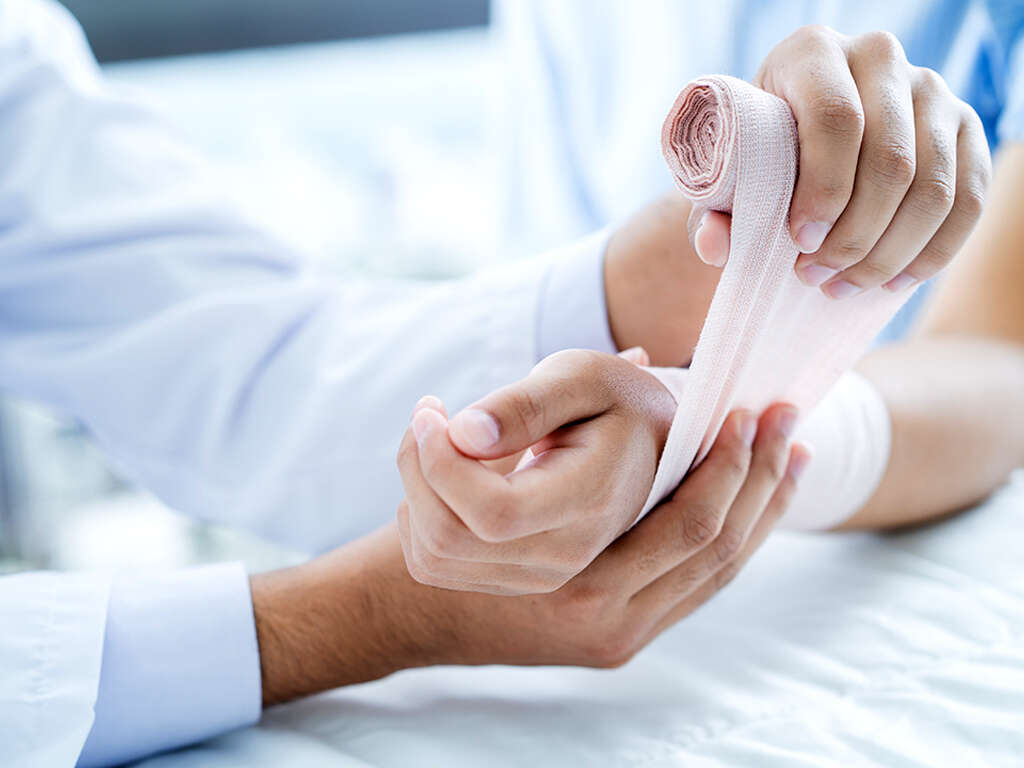
Cause #3: Immune System
The immune system has several lines of defense. The skin protects the body from being invaded by bacteria. The eyes have tears and the mouth has cilia that trap pathogens and push them out of the body. The acidity of the stomach kills off pathogens. White blood cells also kill invading pathogens.
Cancer patients, diabetics, organ-transplant patients, and others suffering from certain illnesses have weakened or compromised immune systems that are not able to fully respond to infections and invading pathogens.
This allows harmful bacteria like staphylococcus to colonize the body and cause infections. Those with inadequate nutrition are also more likely to be infected. It is important to have a healthy diet to support your immune system.
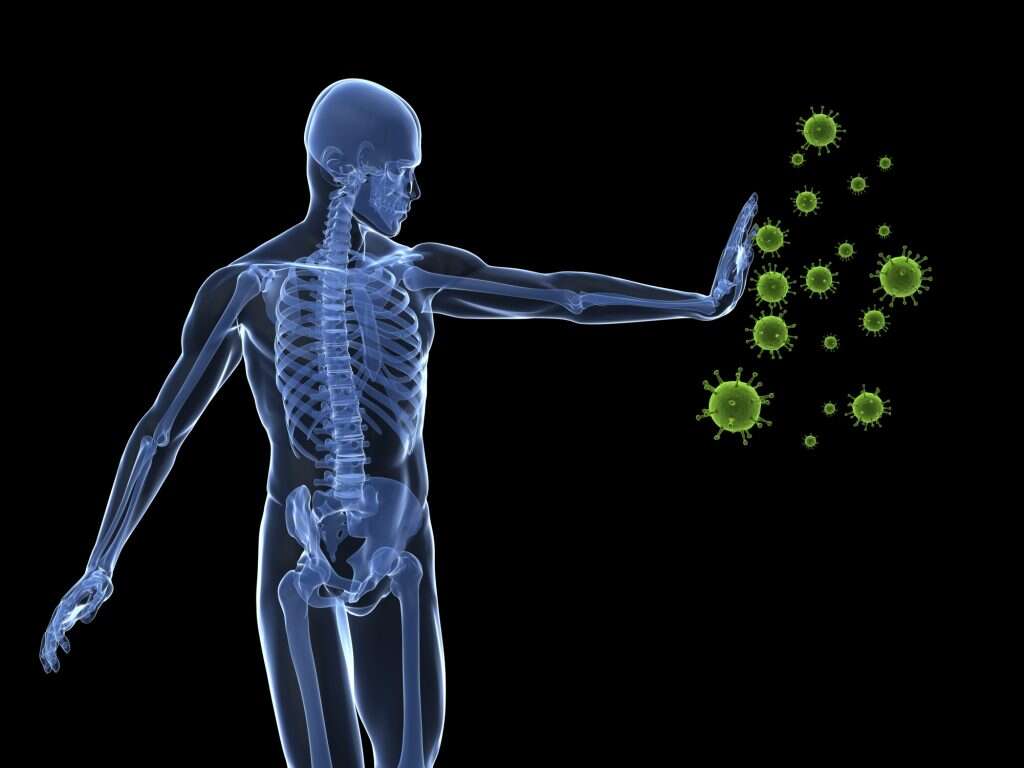
Symptom #1: Folliculitis
Folliculitis is a skin condition where the hair follicles are irritated and inflamed. It can occur anywhere on the skin that has hair follicles, especially the face, back, and chest. (Soles and palms are excluded.) It may start out as small red bumps that look like white-headed pimples. The bumps can be filled with pus and can crust over if they break open.
The affected area is also itchy, sore, painful, and tender. In some cases, there may be a swollen bump or mass. The condition can spread without proper hygiene or treatment. Severe cases of folliculitis can lead to permanent scarring and hair loss.
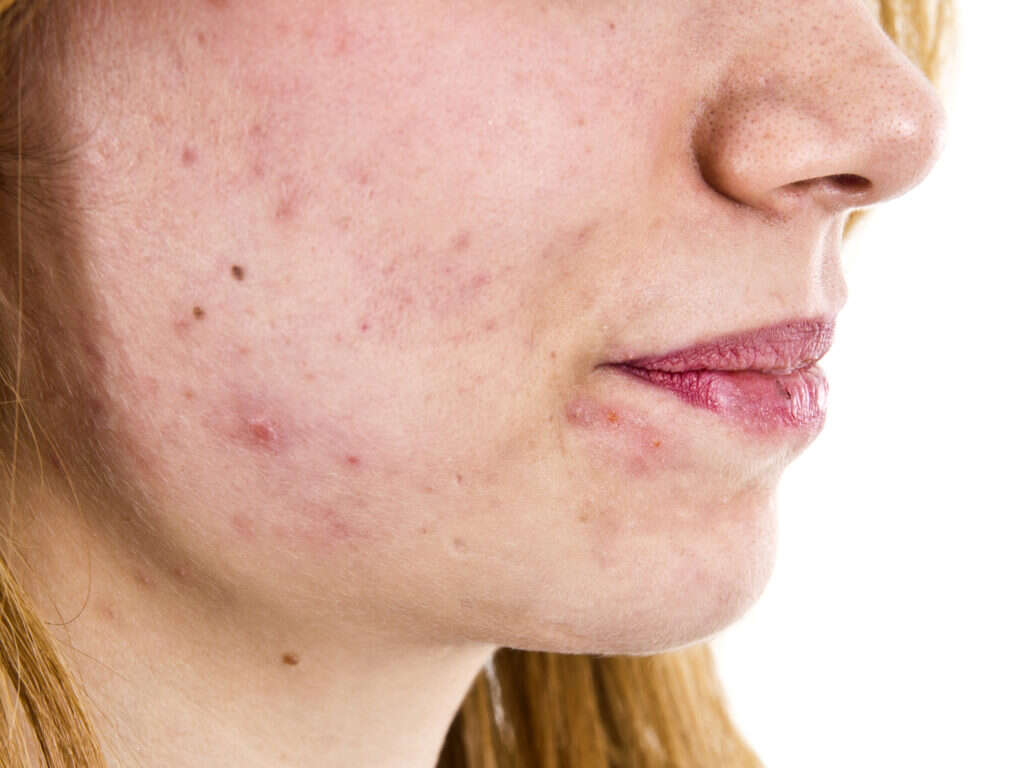
Symptom #2: Cellulitis
Cellulitis is a common skin condition where the affected area is red, swollen, warm, and painful. It most commonly affects the lower legs but can occur in any other part of the body. It happens when bacteria have invaded the deeper layers of the skin (the subcutaneous and dermis). The redness of the affected area may blanch when pressure is applied.
If you suspect that you have cellulitis, it is important to seek medical attention because the infection can spread and may occasionally involve the lymphatic vessels. The patient may also experience a fever and fatigue. Severe cases can lead to abscess formation and even death.

Symptom #3: Staphylococcal Scalded Skin Syndrome
Staphylococcal scalded skin syndrome (SSSS) is a condition where there is red and blistering skin that can peel off. The affected area looks as if it is burned or scalded. The skin can look like wrinkled tissue paper with fluid-filled blisters. Those affected may also feel weak and dehydrated.
SSSS is caused by the release of exotoxins from the staphylococcus bacteria. The epidermolytic toxins A and B bind to a molecule in the skin, causing the skin to break apart and peel off.
Once the top layer peels off, it exposes a raw, moist, and tender area. SSSS usually occurs in young children who do not have the protective antibodies that are found in older children and adults. It also affects those with weakened immune systems.

Treatment #1: Antibiotics
Since staphylococcus is a bacterium, treatment of the infection involves the use of antibiotics, such as cefazolin, ceftaroline, dicloxacillin, nafcillin, vancomycin, and more. Minor skin infections can be treated with topical antibiotics. More severe cases may require oral antibiotics. The type of antibiotics prescribed depends on the severity of the infection, the location of the infected area, and the resistance of the bacteria.
Combinations of antibiotics can also be used. Some antibiotics, such as vancomycin, can be given intravenously in severe cases. If you are given antibiotics, make sure that you finish the entire course as directed to prevent resistance.

Treatment #2: Surgical Care
Surgical care for staph infections includes the drainage of abscesses, if any. Abscesses are full of bacteria, pus, and debris. The pocket of pus has to be drained to clear the infection; otherwise, the abscess may grow until it bursts on its own, causing extreme pain and allowing the infection to spread or recur. Without treatment or drainage, most abscesses will worsen, causing the infection to spread to deeper tissues and possibly the bloodstream.
Patients should not attempt to drain the abscess themselves because it may push the infection deeper. Sharp instruments should not be introduced since they can injure a blood vessel and cause the infection to spread into the bloodstream. If a prosthetic such as an artificial hip is infected, the prosthetic may need to be removed.

Treatment #3: What You Can Do at Home
Besides the treatment provided by your doctor, there are also several steps you can take at home to prevent it from spreading further or infecting your loved ones. Practice good handwashing techniques, such as making sure your nails are clean and using soap. Avoid touching the infected area. If you are caring for an infected person, try wearing gloves to avoid being infected.
Clean your household surfaces more frequently, and wash your clothes and linens using hot water. Use caution when you are handling food because staphylococcus can cause food poisoning. Wash the infected area several times a day using an antibacterial soap to prevent it from spreading.




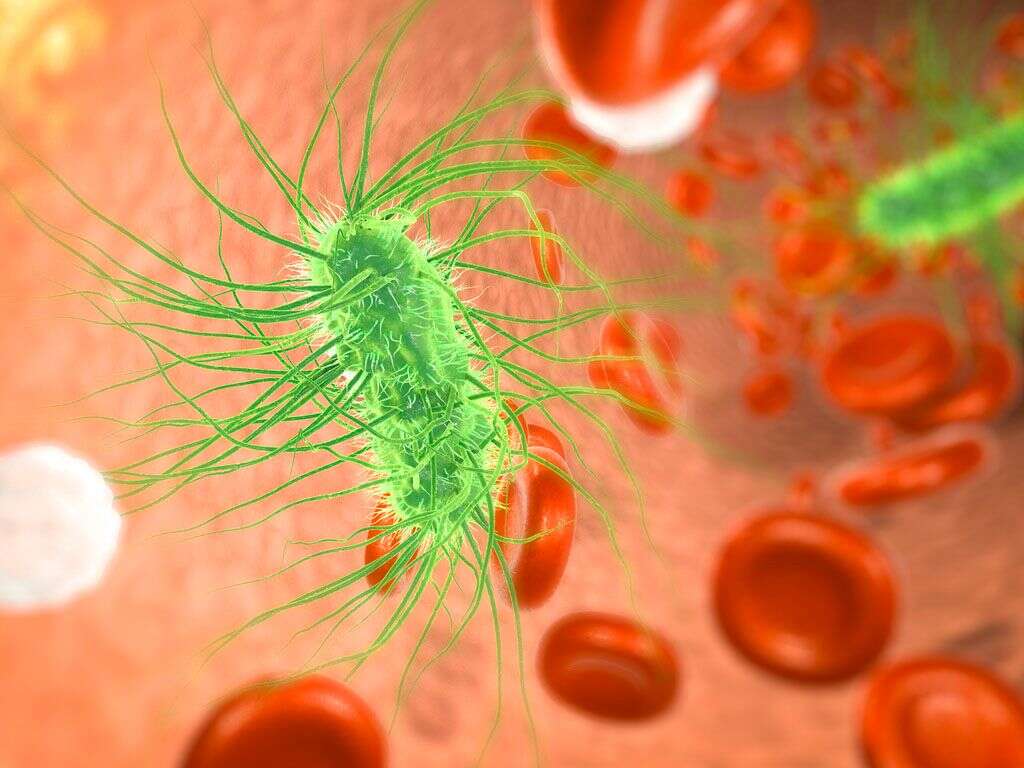
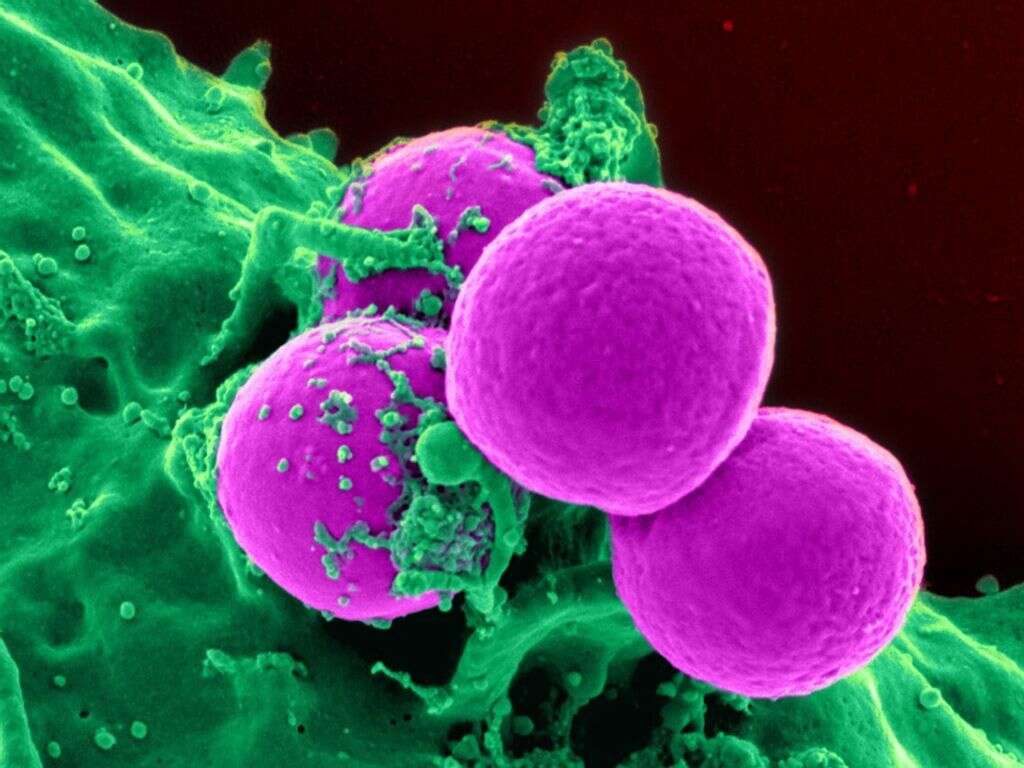



-06.jpg)

